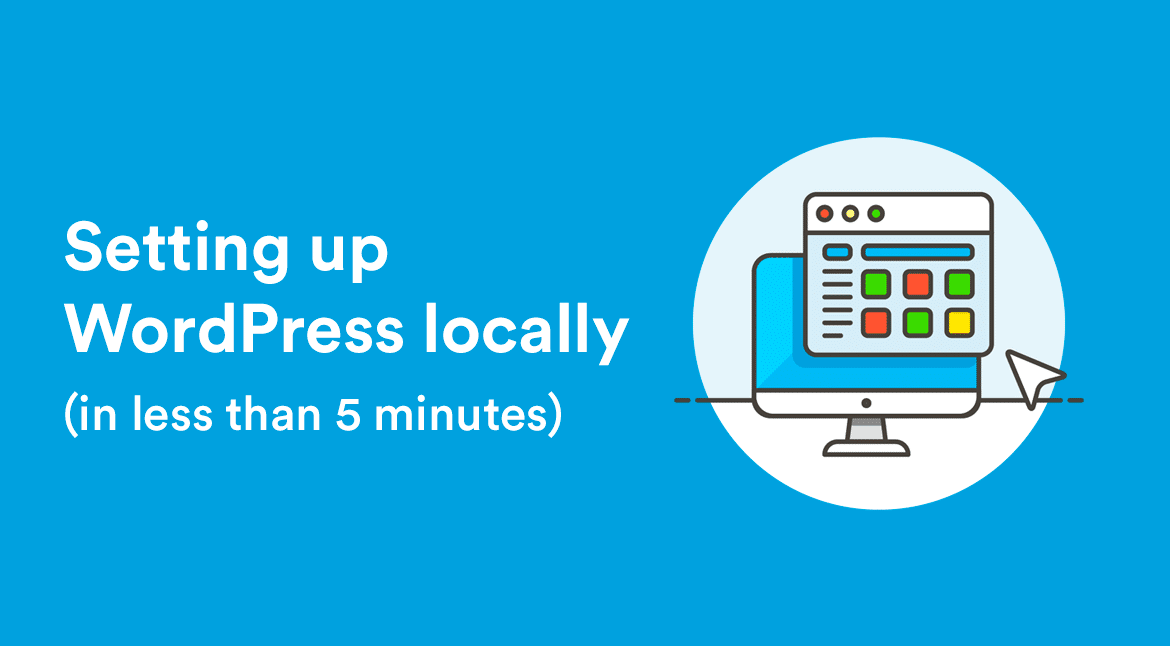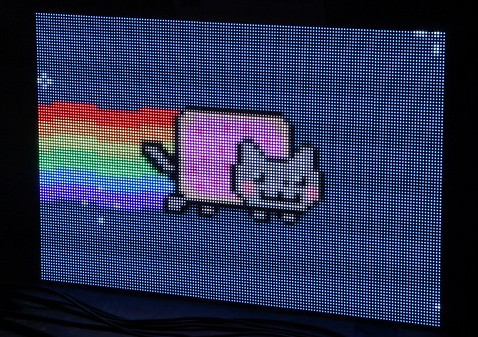Pixelpusher (aetup) Mac OS
You can build Azure Service Fabric applications to run on Linux clusters by using Mac OS X. This document covers how to set up your Mac for development.
Prerequisites
You can build Azure Service Fabric applications to run on Linux clusters by using Mac OS X. This document covers how to set up your Mac for development. Azure Service Fabric doesn't run natively on Mac OS X. To run a local Service Fabric cluster, a pre-configured Docker container image is provided. Before you get started, you need. Install XAMPP on Windows: the Code: PHP Book: MySQL: https://you. Make sure the image is indeed created from a general retail Mac OS install CD. A retail international English Mac OS 9.0.4 install CD image can be downloaded from the Macintosh Garden site. On that site search for “Mac OS 9.0.4” and on the Mac OS 9.0.4 page look for the file “MacOS904CDIntl.ZIP”. A collection of utilities to work with PixelPusher. A simple configuration tool to push stuff into a MP PixelPusher's EEPROM. Also includes a handy terminal mode, showing the debug console! The included binary works on OS X Mavericks on my particular computer. If it doesn't work for you, you should build your.
Azure Service Fabric doesn't run natively on Mac OS X. To run a local Service Fabric cluster, a pre-configured Docker container image is provided. Before you get started, you need:
- At least 4 GB of RAM.
- The latest version of Docker.

Tip
To install Docker on your Mac, follow the steps in the Docker documentation. After installing, verify your installation.
Create a local container and set up Service Fabric
To set up a local Docker container and have a Service Fabric cluster running on it, perform the following steps:
Update the Docker daemon configuration on your host with the following settings and restart the Docker daemon:
You can update these settings directly in the daemon.json file in your Docker installation path. You can directly modify the daemon configuration settings in Docker. Select the Docker icon, and then select Preferences > Daemon > Advanced.
Note
Modifying the daemon directly in Docker is recommended because the location of the daemon.json file can vary from machine to machine. For example,~/Library/Containers/com.docker.docker/Data/database/com.docker.driver.amd64-linux/etc/docker/daemon.json.
Tip
We recommend increasing the resources allocated to Docker when testing large applications. This can be done by selecting the Docker Icon, then selecting Advanced to adjust the number of cores and memory.
Start the cluster.
Ubuntu 18.04 LTS:Ubuntu 16.04 LTS:
Tip
By default, this will pull the image with the latest version of Service Fabric. For particular revisions, please visit the Service Fabric Onebox page on Docker Hub.
Optional: Build your extended Service Fabric image.
In a new directory, create a file called
Dockerfileto build your customized image:Note
You can adapt the image above with a Dockerfile to add additional programs or dependencies into your container.For example, adding
RUN apt-get install nodejs -ywill allow support fornodejsapplications as guest executables.Tip
By default, this will pull the image with the latest version of Service Fabric. For particular revisions, please visit the Docker Hub page.
To build your reusable image from the
Dockerfile, open a terminal andcdto the directly holding yourDockerfilethen run:Note
This operation will take some time but is only needed once.
Now you can quickly start a local copy of Service Fabric whenever you need it by running:
Tip
Provide a name for your container instance so it can be handled in a more readable manner.
If your application is listening on certain ports, the ports must be specified by using additional
-ptags. For example, if your application is listening on port 8080, add the following-ptag:docker run -itd -p 19000:19000 -p 19080:19080 -p 8080:8080 --name sfonebox mcr.microsoft.com/service-fabric/onebox:u18The cluster will take a moment to start. When it is running, you can view logs using the following command or jump to the dashboard to view the clusters health:
http://localhost:19080To stop and clean up the container, use the following command. However, we will be using this container in the next step.
Known Limitations
The following are known limitations of the local cluster running in a container for Mac's:
- DNS service does not run and is currently not supported within the container. Issue #132
- Running container-based apps requires running SF on a Linux host. Nested container apps are currently not supported.
Set up the Service Fabric CLI (sfctl) on your Mac
Follow the instructions at Service Fabric CLI to install the Service Fabric CLI (sfctl) on your Mac.The CLI commands support interacting with Service Fabric entities, including clusters, applications, and services.
- To connect to the cluster before deploying applications run the command below.
Create your application on your Mac by using Yeoman
Pixel Pusher Setup Mac Os 11
Service Fabric provides scaffolding tools that help you to create a Service Fabric application from the terminal by using the Yeoman template generator. Use the following steps to ensure that the Service Fabric Yeoman template generator is working on your machine:
Node.js and Node Package Manager (NPM) must be installed on your Mac. The software can be installed by using HomeBrew, as follows:
Install the Yeoman template generator on your machine from NPM:
Install the Yeoman generator that you prefer by following the steps in the getting started documentation. To create Service Fabric applications by using Yeoman, follow these steps:
After you install the generators, create guest executable or container services by running
yo azuresfguestoryo azuresfcontainer, respectively.To build a Service Fabric Java application on your Mac, JDK version 1.8 and Gradle must be installed on the host machine. The software can be installed by using HomeBrew, as follows:
Important
Current versions of
brew cask install javamay install a more recent version of the JDK.Be sure to install JDK 8.
Deploy your application on your Mac from the terminal
After you create and build your Service Fabric application, you can deploy your application by using the Service Fabric CLI:
Connect to the Service Fabric cluster that is running inside the container instance on your Mac:
From inside your project directory, run the install script:
Set up .NET Core 3.1 development
Install the .NET Core 3.1 SDK for Mac to start creating C# Service Fabric applications. Packages for .NET Core Service Fabric applications are hosted on NuGet.org.
Install the Service Fabric plug-in for Eclipse on your Mac
Azure Service Fabric provides a plug-in for Eclipse Neon (or later) for the Java IDE. The plug-in simplifies the process of creating, building, and deploying Java services. To install or update the Service Fabric plug-in for Eclipse to the latest version, follow these steps. The other steps in the Service Fabric for Eclipse documentation are also applicable: build an application, add a service to an application, uninstall an application, and so on.
The last step is to instantiate the container with a path that is shared with your host. The plug-in requires this type of instantiation to work with the Docker container on your Mac. For example:
The attributes are defined as follows:
/Users/sayantan/work/workspaces/mySFWorkspaceis the fully qualified path of the workspace on your Mac./tmp/mySFWorkspaceis the path that is inside of the container to where the workspace should be mapped.

Note
If you have a different name/path for your workspace, update these values in the docker run command.
If you start the container with a name other than sfonebox, update the name value in the testclient.sh file in your Service Fabric actor Java application.